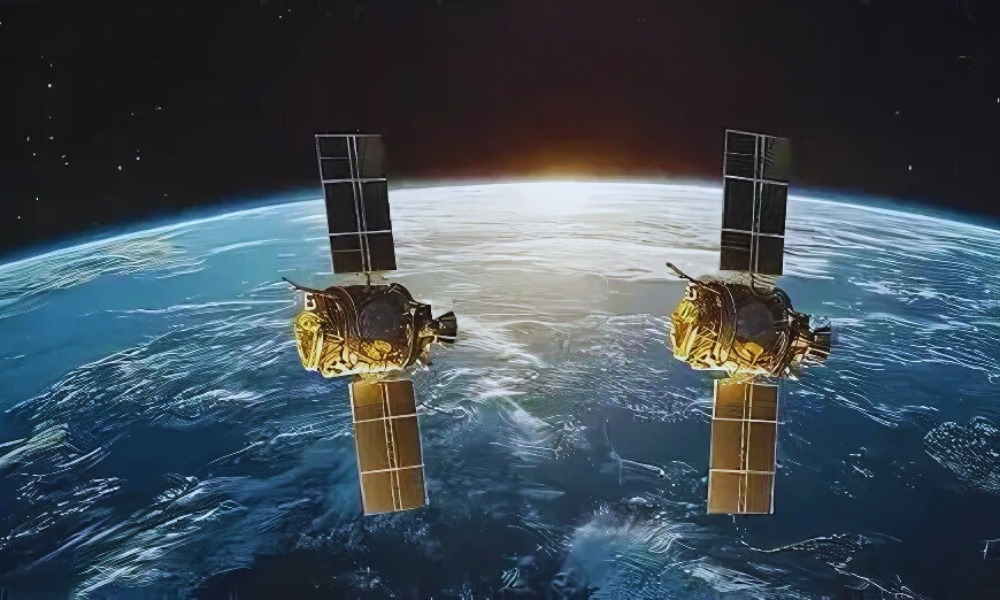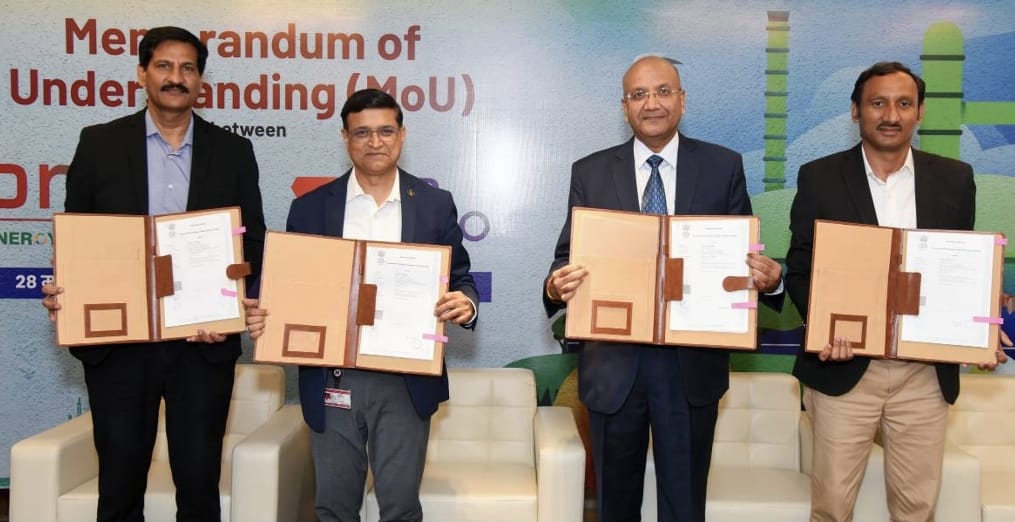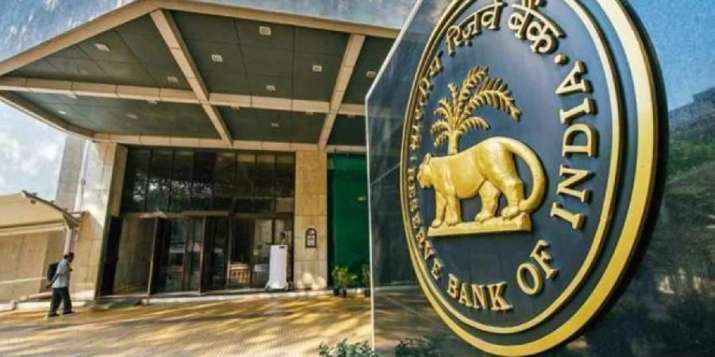India’s SpaDeX Triumph: ISRO Achieves Historic Satellite Docking with Indigenous Bhartiya Docking System

The Indian Space Research Organisation (ISRO) achieved a historic milestone on January 16, 2025, by successfully docking two Indian satellites in space.
This achievement marks India as the fourth nation to master space docking technology, joining the ranks of the USA, Russia, and China.
The feat was accomplished as part of the Space Docking Experiment (SpaDeX), following weeks of meticulous trials.
At approximately 10:00 am, ISRO announced the docking success on its social media handle, stating:
“Spacecraft docking successfully completed! A historic moment. Let’s walk through the SpaDeX docking process: Manoeuvre from 15m to 3m hold point completed. Docking initiated with precision, leading to successful spacecraft capture. Retraction completed smoothly, followed by rigidisation for stability. Docking successfully completed. India became the 4th country to achieve successful Space Docking. Congratulations to the entire team! Congratulations to India!”
A Complex and Cautious Process
Docking satellites in orbit is a challenging task, requiring extreme precision and control.
ISRO developed the Bhartiya Docking System indigenously for this mission, enabling the two satellites to approach each other at a speed of just 10 millimeters per second.
The SpaDeX mission commenced on December 30, 2024, with the launch of two satellites—SDX01 (Chaser) and SDX02 (Target)—aboard a PSLV C60 rocket.
The satellites were placed in a 475-kilometer circular orbit, where they underwent a series of trial operations to ensure a successful docking.
On January 12, 2025, the satellites were maneuvered as close as three meters apart during a trial attempt. ISRO described this phase as an “exciting handshake.”
The docking process involved moving the satellites back and forth to test precision and safety before achieving the final connection on January 16.
Prime Minister Modi’s Commendation
Prime Minister Narendra Modi expressed his pride and congratulated ISRO scientists for this significant achievement. Sharing his thoughts on social media, he said:
“Congratulations to our scientists at @isro and the entire space fraternity for the successful demonstration of space docking of satellites. It is a significant stepping stone for India’s ambitious space missions in the years to come.”
The SpaDeX Mission Details
The SpaDeX mission, launched with the aim of demonstrating in-space docking technology, showcased ISRO’s capabilities in executing complex space maneuvers.
Each of the two satellites weighed approximately 220 kg and carried advanced docking mechanisms.
The docking process involved several stages:
- Manoeuvre to the Hold Point: Satellites were brought from a 15-meter distance to a 3-meter hold point.
- Initiation and Capture: Docking was initiated with high precision, ensuring successful spacecraft capture.
- Retraction and Rigidisation: After capture, the satellites were retracted and rigidized to ensure stability.
Following the docking, ISRO successfully controlled the two satellites as a single object. Upcoming phases include undocking and power transfer tests.
A Leap Towards Future Missions
The success of SpaDeX has significant implications for India’s space ambitions. The docking technology demonstrated will play a crucial role in several upcoming missions, including:
- Chandrayaan-4: Involving lunar sample return, requiring docking between a re-entry module and a transfer module.
- Bharatiya Antariksh Station: India’s modular space station, planned for assembly starting in 2028.
- Human Moon Mission: Scheduled for the 2040s, demanding advanced docking capabilities for crewed missions.
Global Recognition and Next Steps
India’s achievement in space docking solidifies its position in global space exploration. With the SpaDeX mission, ISRO has proven its capability to overcome technical challenges and innovate for future space missions.
This success marks a turning point for India’s space program, paving the way for interplanetary projects and a robust human spaceflight program.









